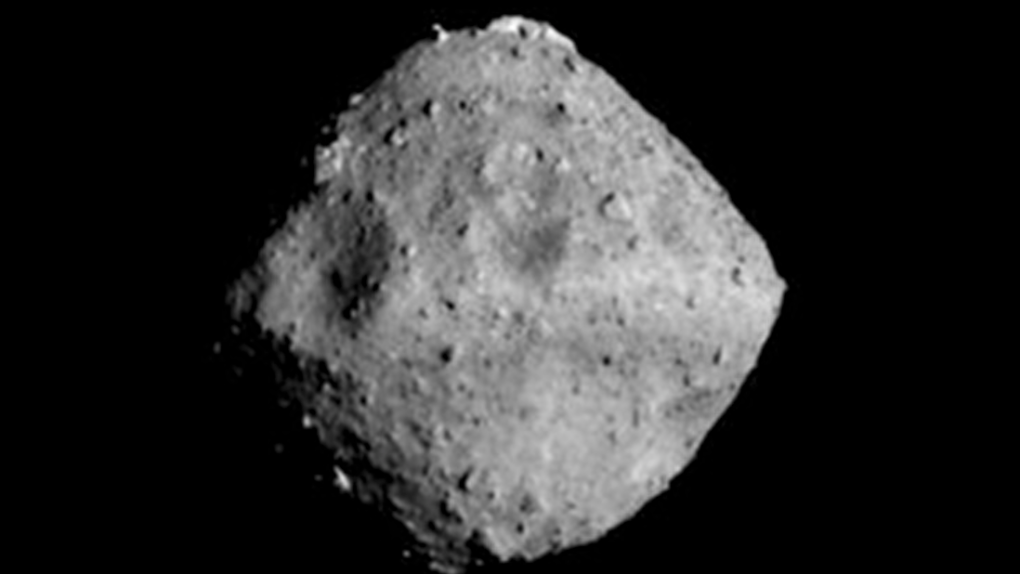Back in 2014, Japan’s space program JAXA launched an asteroid probe that had a long journey ahead of it. The spacecraft, called Hayabusa 2, spent over three years cruising towards its destination, a massive asteroid called Ryugu. The trip was long, but JAXA just announced that Hayabusa 2 has arrived at the rock, and now the real fun begins.
The goal of the mission is to study the makeup of the asteroid itself. Unfortunately, scraping a sample from the surface isn’t acceptable because debris from its countless years in space has likely sullied its exterior. Instead, Hayabusa 2 will need to go deeper, and that means an explosion is in order.
Hayabusa 2 will release a small impactor that will land on the asteroid’s surface. After it lands, the spacecraft will reposition to a safe distance and then a charge on the impact will detonate, which will shove the small projectile deep into the rock, forming a hole. That hole, or crater, will become Hayabusa 2’s target, and the spacecraft will carefully maneuver itself so that it can touchdown and take its own subsurface samples.
But even after it completes this challenging task, the spacecraft’s mission isn’t over. Some time later, the craft will actually depart from the asteroid and head back to Earth, delivering the incredibly valuable sample material to researchers on Earth. The craft is expected to take off from Ryugu in late 2019 and then arrive back on Earth sometime in late 2020.
For now, JAXA scientists are going to spend some time studying Ryugu from a distance, making observations of its surface and mapping the rock in greater detail than ever before. With a diameter of nearly 3,000 feet, the rock could do some serious damage if it were to slam into a planet like our own, and its bizarre, diamond-like shape has made it a popular subject for researchers.
Along with the announcement of the spacecraft’s arrival at the rock, JAXA released the most detailed image thus far of the asteroid. Its rocky surface is clearly visible, and its “dumpling” shape is very apparent.








